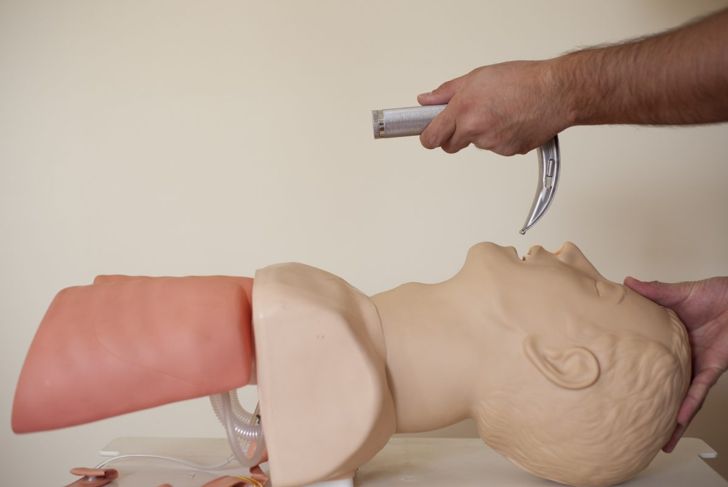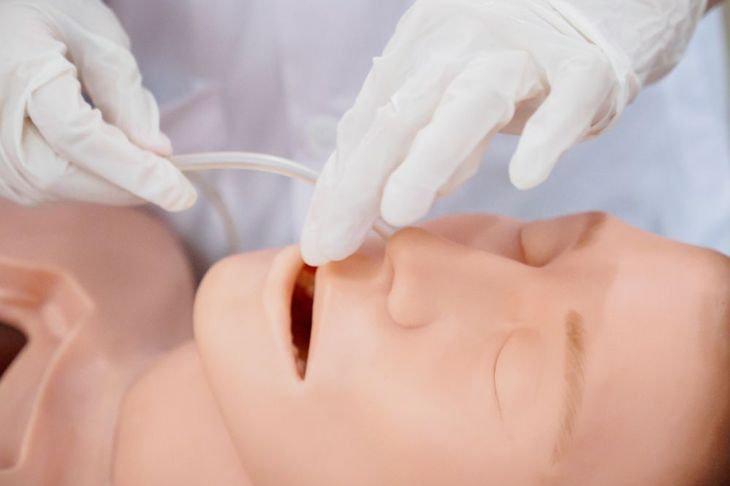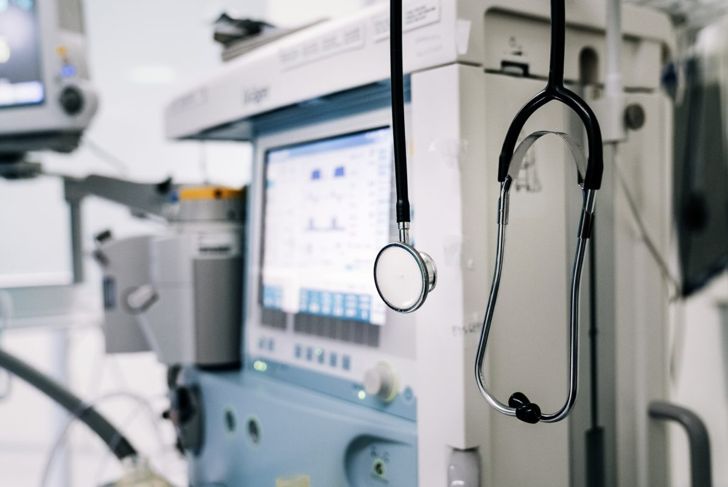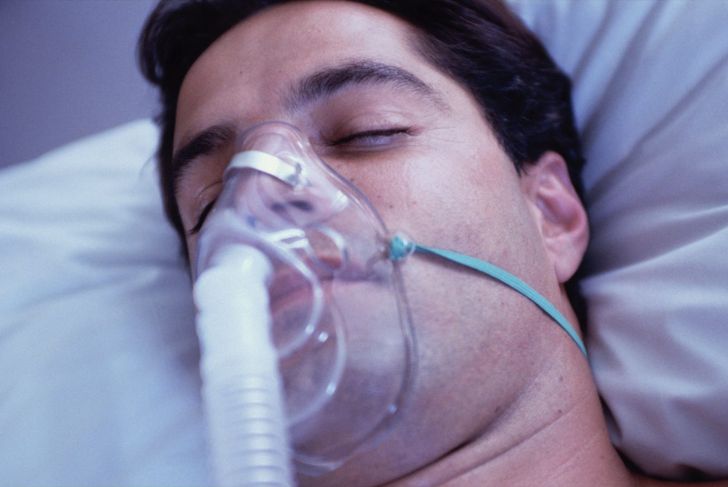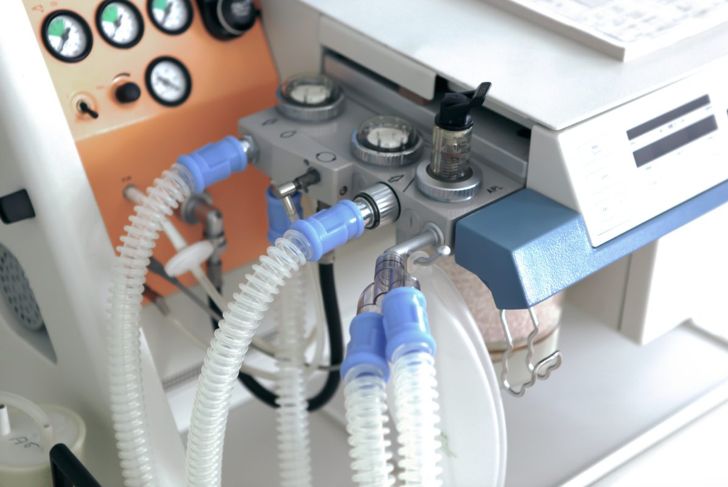Intubation is the process of inserting a tube through the mouth or nose into the airway. The tube is attached to a ventilator that mechanically breathes for the patient. The process can help both people undergoing surgery and those who cannot breathe on their own due to injury or illness.
Reasons for Intubation
Intubation maintains the airway during anesthesia or if a patient needs critical breathing support. When a patient is undergoing surgery, intubation is a routine, controlled procedure. In the event of extensive trauma or critical illness such as heart failure, emphysema, pneumonia, or a collapsed lung, intubation is a life-saving intervention.
Orotracheal Intubation
In most cases, orotracheal intubation is the preferred method. It is faster and more useful in emergencies when a patient has experienced significant physical trauma or apnea, is critically ill, or is quickly worsening. This type of intubation involves a laryngoscope to visualize the airway, then the insertion of an endotracheal tube through the mouth.
Nasotracheal Intubation
Another option is nasotracheal intubation. Doctors perform this method primarily on patients who are awake and breathing on their own when the need for intubation is determined. In some cases, nasotracheal intubation is required in an emergency if placing a breathing tube through the mouth is problematic. Nasotracheal intubation is most common in patients getting surgery on the mouth or teeth.
Complications
Intubation has many potential complications. Direct trauma can occur as a result of endotracheal tube insertion, and the laryngoscope can damage the tongue, lips, and teeth. If the tube is in the esophagus instead of the airway, the patient cannot be ventilated, and death can occur. Another complication is subglottic stenosis or a narrowing of the airway that causes respiratory distress. This is most common with prolonged intubation of three or four weeks.
When Intubation Is Not Possible
Contraindications for nasotracheal intubation include inflammation of the epiglottis, a leaf-shaped flap located at the base of the tongue, a history of or active basal skull fractures, facial trauma with possible skull fractures, recent nasal surgery, and polyps or foreign bodies in the nasal passage. Doctors will avoid both types of intubation if the tube cannot safely pass into the airway or if the cervical spine is immobilized and tube insertion is too difficult.
Non-Invasive Options
Depending on the patient’s condition, doctors may try non-invasive means of breathing support before resorting to intubation. In non-critical patients, oxygen therapy using either a nasal cannula or face mask is often successful in preventing deteriorating health. Alternately, a CPAP or BiPAP machine can be used to force mild pressure into the lungs using a nasal, oral, or full-face mask.
Extubation
Extubation is the process of removing the endotracheal tube when the patient improves and intubation is no longer necessary. First, the patient is slowly weaned off the ventilator until they are breathing on their own with the breathing tube still in place. The decision to extubate depends on many factors, including whether the patient has stopped receiving sedatives, an intact cough reflex, and the resolution of the issue that prompted intubation.
Failed Extubation
A failed extubation occurs when the breathing tube is removed but the patient cannot maintain breathing on their own. This results in reintubation. Studies show that patients who fail extubation have higher mortality and longer hospital stays. Some patients are unable to recover quickly after intubation and may need a tracheotomy.
Tracheostomy
Tracheotomy is the procedure that creates a surgical cut or opening in the trachea. Tracheostomy involves the insertion of a tube to keep the airway open. A curved tube called a trach is placed through the hole to help the person breathe. When a patient needs to be on a ventilator for more than a few weeks or is unable to wean off of it, a tracheostomy is preferred to repeated intubation. Patients with tracheostomies eventually learn to talk and swallow. A trach can be permanent or removed when no longer needed.
Outlook
Recovery depends on why intubation was required. People intubated for surgical procedures are usually extubated as soon as they wake up from anesthesia and can breathe on their own. For those experiencing a critical illness or trauma, the prognosis depends on the underlying cause of respiratory distress and whether or not the patient will recover enough for successful extubation.

 Home
Home Health
Health Diet & Nutrition
Diet & Nutrition Living Well
Living Well More
More
